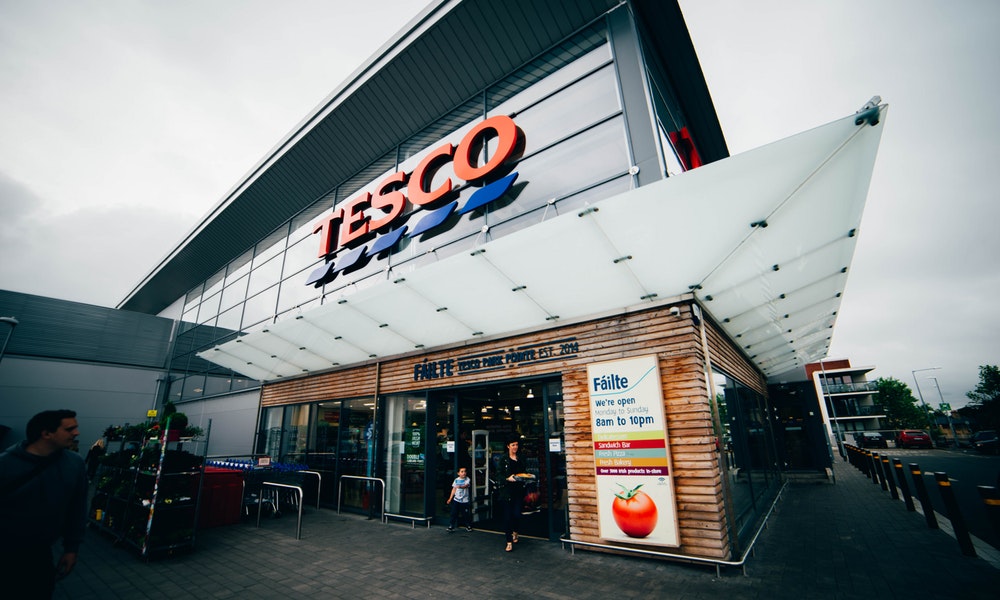Is this the end of the line for the great British queue?

Shopping as we know it could be about to change forever, heralded by the arrival of the Amazon Go store in Seattle. Opened to fervent interest and (ironically) long queues, people jumped at the chance to experience a glimpse into the future: a supermarket with no checkouts or self-service tills. The new supermarket allows customers to put all of their items into a bag and simply walk out the store, with payment automatically taken. With similar concepts already in the pipeline for other major companies, could the humble shopping queue have just become consigned to the dustbin of history?
The advent of queueless shops
The arrival of queueless shops threatens to eradicate the British tradition of forming a line. By walking through the entrance of the Amazon Go store with the corresponding app loaded up on their smartphone, customers simply swipe a QR code at the gates. This automatically charges them for any items they pick up, with sensors located on the shelves charging the cost of items directly to their account – no queuing needed. These costs are removed if they decide to put products back. Aside from checking ID for the purchase of alcohol and other age-restricted products, there is no human interaction at all, although employees are present to restock shelves and help customers with finding products.
Although Amazon are the first company to successfully roll out this technology, other companies will soon follow suit. Barclaycard are working on a similar move, developing a smartphone app that allows shoppers to scan items manually and also automatically charges purchases to their bank card. Sainsbury’s, Waitrose and Zara are already planning to install this kind of technology in their stores, and according to a survey of British retailers, around a quarter of shops will eradicate queues by 2021.
How are these queueless shops possible?
Amazon remain coy about how exactly the technology behind their Go stores works. It was rumoured that RFID (radio-frequency identification) technology is used, given that the use of RFID in retail works very similarly to how the technology in the Amazon Go shops does. Like in these stores, RFID uses sensors to track information that can then be read elsewhere, and RFID stock control is already commonplace, as well as being found in contactless cards and door locks.
However, Amazon have since ruled out the use of RFID technology in their Amazon Go stores, simply calling the technology “Just walk out“. The company added that the stores use “computer vision, deep learning algorithms and sensor fusion, much like you’d find in a self-driving car”. Unfortunately, this doesn’t explain a whole lot, though we do know that infrared ceiling cameras are used to differentiate between customers and the items for sale.
These deep-learning algorithms that underpin the computer vision use advanced pattern recognition to help the camera draw conclusions about the products from extensive datasets. Some items also have a visual dot code, similar to a barcode, to help the cameras differentiate between products. This isn’t completely reliant on technology, however, as there are also human employees working behind that scenes to help “train” the algorithms, confirming when the machines have correctly identified a product. As similar technology is being increasingly developed elsewhere, it may become clearer exactly how it works in the near future.
The death of a quintessentially British custom
Thought that tea, the Queen or perpetually saying sorry are the things that make Great Britain what it is? Think again. Queuing is what really holds this grand and historic nation together. In fact, a 2016 study by holiday provider Sovereign found that queuing ranked 4th out of the top 50 traditions that are classed as “typically British”.
There is no exact moment in British history that can be pinpointed as when queuing started to become a widespread custom, but historians believe it was roughly around the start of the 19th century that it became more common. However, it was during WW2 when queuing really came to the fore: queuing was the difference between getting rations or not. As contemporary propaganda concerned ‘doing your duty’ and ‘taking your turn’, it quickly became associated with notions of decency, fair play and democracy. This cemented as a key facet of Britain’s identity that we still see today.
From queuing to get on the tube to waiting in line at the post office, we Brits are internationally famous for spending days in line trying to get tickets for Wimbledon and able to form a mass orderly queue completely unprompted.
Although queuing is seen as one of Britain’s great traditions, it could soon become redundant in many situations, with Amazon Go and other retailers planning to roll out ‘queueless shops’. Whilst we might currently have to spend ages queuing whilst shopping, it appears that we don’t have to wait too long for this change forever.
The editorial unit






















Facebook
Twitter
Instagram
YouTube
RSS